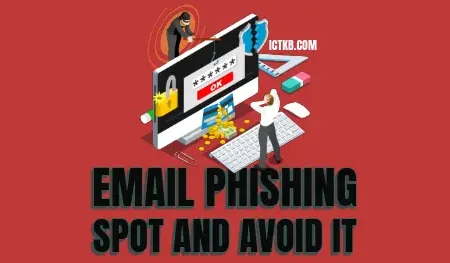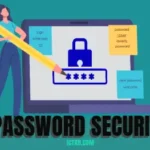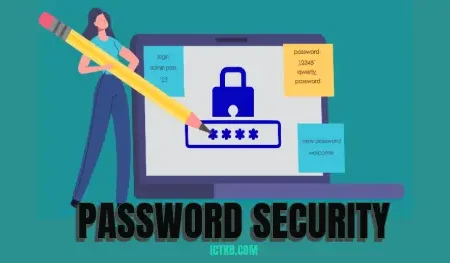In the vast world of the internet, emails are like messengers delivering messages, updates, and sometimes, unfortunately, scams. One of the most common online scams is called email phishing. Let’s dive into what email phishing is, how to recognize it, and most importantly, how to protect yourself from falling victim to these deceitful tactics.
What is Email Phishing?
Email phishing is when someone sends you a fake email pretending to be from a trusted source, like a bank, a company, or even a friend. These emails often try to trick you into giving away your personal information, such as passwords, credit card numbers, or other sensitive details.
How to Spot Email Phishing
1. Check the Sender’s Email Address:
Look closely at the email address the message is coming from. Sometimes, scammers use email addresses that look similar to legitimate ones but have small differences, like misspellings or extra characters.
2. Look for Urgency or Threats:
Be wary of emails that create a sense of urgency or fear, like claiming your account will be closed if you don’t act immediately. Legitimate companies usually don’t pressure you to provide personal information right away.
3. Verify Links Before Clicking:
Hover your mouse over any links in the email (without clicking!) to see where they lead. If the link looks suspicious or doesn’t match the supposed sender’s website, it’s likely a phishing attempt.
4. Watch Out for Poor Grammar and Spelling:
Many phishing emails contain spelling mistakes, grammatical errors, or awkward language. Legitimate organizations typically proofread their communications more carefully.
How to Protect Yourself
1. Think Before You Click:
Be cautious about clicking on links or downloading attachments from emails, especially if you’re not expecting them or they seem suspicious.
2. Keep Your Software Updated:
Make sure your computer’s operating system, antivirus software, and email client are all up-to-date. Updated software often includes security patches that can help protect you from phishing attempts.
3. Use Two-Factor Authentication (2FA):
Enable two-factor authentication whenever possible, especially for important accounts like email and banking. 2FA adds an extra layer of security by requiring you to provide a second form of verification, like a code sent to your phone.
4. Educate Yourself and Others:
Stay informed about the latest phishing techniques and share your knowledge with friends, family, and coworkers. The more people who know how to spot phishing emails, the better protected we all are.
Email phishing can be sneaky and convincing, but by staying vigilant and following these tips, you can reduce your risk of falling victim to these scams. Remember to always be cautious when sharing personal information online and trust your instincts if something seems off. Together, we can outsmart the scammers and keep our digital world safe and secure.




